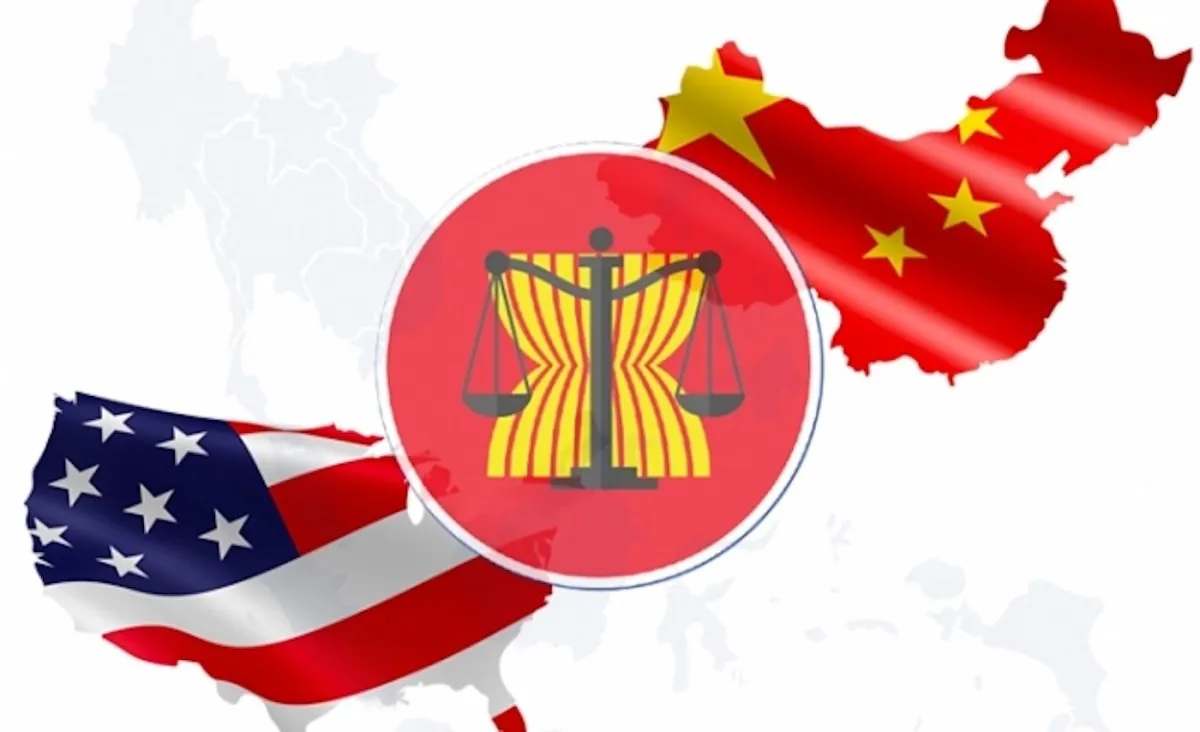First the IPEF ministerial, then the China-ASEAN Expo: the region pursues its line of neutrality and international cooperation.
Editorial by Lorenzo Lamperti
The war in Ukraine has sharpened a trend that had been going on for some time: the demand, implicit or not, to choose "sides." Not only on Russia, but also in reference to China. However, ASEAN seems to have long ago chosen a side, namely that of neutrality and pacifism. A path that is placing Southeast Asia, one of the fastest growing regions in the world, at the center of international trade (and other) relations. The plastic demonstration comes during this month of September, with two relevant events within a week. Between Sept. 8 and 9, representatives from Brunei, Indonesia, Malaysia, the Philippines, Singapore, Thailand and Vietnam attended the first ministerial meeting of the Indo-Pacific Economic Framework for Prosperity (IPEF), the trade cooperation platform launched a few months ago by President Joe Biden's United States, in Los Angeles. At the end of the summit, the 14 countries that are part of the project agreed on key guidelines for negotiating the four main "pillars" of a future agreement: trade (including data flows and workers' rights), supply chain resilience, green energy and environmental standards, and anti-corruption and tax measures. On the other hand, the 19th China-ASEAN Expo and China-ASEAN Business and Investment Summit is scheduled from Friday, September 16 to Monday, September 19. The event takes place in Nanning, Guangxi Autonomous Region, with the physical participation of more than 300 companies and another 2,000 companies in virtual mode. Malaysia, as the country of honor, will host a series of activities on the theme of the 10th anniversary of the development of two industrial parks (in Qinzhou in Guangxi and Kuantan in Malaysia), called to further deepen economic and trade exchanges and cooperation between China and ASEAN, including under the Regional Comprehensive Economic Partnership (RCEP). Beijing has long been ASEAN's largest trading partner. In the first seven months of 2022, the interchange has further increased. It signals an important bond for both sides. The possibility of "adding on," for other international players, is real. And it is demonstrated by the cooperation being deepened between ASEAN and the European Union. "Replacing," on the other hand, appears much more complicated.






